

Articles
How To Store Peeled Sweet Potatoes
Modified: August 16, 2024
Learn the best methods for storing peeled sweet potatoes in this informative and practical article. Preserve the freshness and taste of your produce for longer with these helpful tips.
(Many of the links in this article redirect to a specific reviewed product. Your purchase of these products through affiliate links helps to generate commission for Storables.com, at no extra cost. Learn more)
Introduction
Storing peeled sweet potatoes can be a convenient and time-saving option for busy individuals or those who want to prepare meals in advance. Whether you have peeled sweet potatoes left over from a recipe or you simply want to stock up on this versatile root vegetable, proper storage techniques are crucial to maintaining their freshness and flavor.
In this article, we will explore the benefits of storing peeled sweet potatoes, guide you on choosing the right ones for storage, and provide step-by-step instructions on how to properly store them in both the refrigerator and freezer. Additionally, we will share tips on how to maintain the quality of stored peeled sweet potatoes and provide some insights on how to thaw and use them effectively.
By following these guidelines, you can extend the shelf life of peeled sweet potatoes and always have a nutritious and delicious ingredient on hand for your favorite dishes.
Key Takeaways:
- Storing peeled sweet potatoes offers convenience, meal planning benefits, preserves freshness, and can save you money. It’s an excellent way to ensure you always have a versatile ingredient on hand for various recipes and enjoy the numerous health benefits that sweet potatoes provide.
- Properly storing peeled sweet potatoes in the refrigerator or freezer extends their shelf life, allowing for convenient meal prep and reduced food waste. Thaw and use them in a variety of delicious dishes to enjoy their nutritional benefits.
Read more: How To Store Peeled Potatoes For A Week
Why Store Peeled Sweet Potatoes?
Storing peeled sweet potatoes offers several advantages, making it a worthwhile practice for many individuals. Here are a few reasons why you might consider storing peeled sweet potatoes:
- Convenience: Preparing meals can be time-consuming, especially when you have a busy schedule. By peeling and storing sweet potatoes ahead of time, you can significantly reduce the time spent in the kitchen during meal prep. Having peeled sweet potatoes readily available allows you to quickly whip up dishes such as roasted sweet potatoes, mashed sweet potatoes, or even sweet potato fries.
- Meal Planning: Storing peeled sweet potatoes is an excellent strategy for meal planning. It allows you to portion out the right amount of sweet potatoes for specific recipes or meals, leading to less food waste. Whether you are following a specific dietary plan or trying to manage your portions, having peeled sweet potatoes on hand can help you stick to your meal plan without any hassle.
- Preserve Freshness: Sweet potatoes have a relatively long shelf life, but once they are peeled, they tend to oxidize quickly and lose their freshness. Storing peeled sweet potatoes properly can help preserve their flavor, texture, and nutritional value for an extended period. This means you can enjoy the goodness of sweet potatoes even when they are not in season.
- Save Money: Buying pre-cut or peeled sweet potatoes at the grocery store can be expensive. In contrast, purchasing whole sweet potatoes in bulk and peeling them yourself can be more cost-effective. By storing peeled sweet potatoes, you can take advantage of bulk discounts or seasonal sales, ultimately saving you money in the long run.
Overall, storing peeled sweet potatoes offers convenience, meal planning benefits, preserves freshness, and can save you money. It’s an excellent way to ensure you always have a versatile ingredient on hand for various recipes and enjoy the numerous health benefits that sweet potatoes provide.
Choosing the Right Sweet Potatoes for Storing
When it comes to storing peeled sweet potatoes, selecting the right ones is crucial to maintain their quality and taste. Here are some factors to consider when choosing sweet potatoes for storage:
- Variety: Sweet potatoes come in various varieties, each with its own unique flavor and texture. Some common varieties include Garnet, Jewel, Hannah, and Japanese sweet potatoes. It’s important to choose a sweet potato variety that suits your taste preferences and culinary needs. Keep in mind that some varieties are better suited for certain cooking methods, such as roasting or mashing.
- Firmness: Look for sweet potatoes that are firm and free from any soft spots, bruises, or blemishes. Avoid selecting sweet potatoes that are overly soft, as they may already be past their peak freshness and will not store well.
- Size: Consider the size of the sweet potatoes when choosing ones for storage. Smaller to medium-sized sweet potatoes typically tend to have a better texture and flavor. They also tend to be easier to handle and store compared to larger ones.
- Dry Skin: Opt for sweet potatoes with dry, smooth skins. Avoid choosing ones with moist or moldy skin, as it may indicate that the sweet potatoes are already starting to spoil.
- Seasonal Availability: Take advantage of the seasonal availability of sweet potatoes. During the peak season, usually in the fall, sweet potatoes are abundant and at their freshest. Purchasing sweet potatoes during this time ensures that you are getting the best quality and flavor.
Remember, the quality and freshness of the sweet potatoes you choose will directly impact how well they store and the overall taste of your dishes. By selecting the right variety and paying attention to factors like firmness, size, skin condition, and seasonal availability, you can ensure that you have top-notch sweet potatoes for storing and cooking.
Preparation Before Storing Peeled Sweet Potatoes
Before you store peeled sweet potatoes, it’s important to take a few preparation steps to ensure they stay fresh and retain their quality throughout the storage period. Here are some essential tasks to complete:
- Wash and Peel: Start by thoroughly washing the sweet potatoes under cool running water. Use a brush to scrub off any dirt or debris on the skin. Once clean, use a vegetable peeler to remove the outer skin, ensuring all the rough edges and blemishes are removed. It’s important to peel the sweet potatoes as close to the time of storage as possible to prevent oxidation.
- Cut into Desired Size: After peeling, cut the sweet potatoes into your preferred size and shape. Consider the recipes you plan to make, and slice, dice, or cube them accordingly. If you are storing sweet potatoes for specific dishes, portion them out into meal-sized amounts to make meal planning more convenient later on.
- Blanching (Optional): Blanching is an optional step that can help preserve the color and texture of the sweet potatoes. To blanch, bring a pot of water to a boil and carefully place the sweet potato pieces into the boiling water. Let them cook for about 2-3 minutes, then quickly transfer them to an ice bath to stop the cooking process. Drain and pat dry the sweet potato pieces before storing. Blanching can help maintain the vibrant color and prevent the sweet potatoes from becoming mushy during storage.
- Packaging: Proper packaging is essential for preserving the quality of peeled sweet potatoes. Use airtight containers or freezer bags for storing sweet potatoes in the refrigerator or freezer. Make sure to remove any excess air from the bags before sealing. Label the containers or bags with the date of storage to keep track of their freshness.
- Storage Location: Choose the appropriate storage location based on whether you plan to store the sweet potatoes in the refrigerator or freezer. For refrigerator storage, designate a space where the sweet potatoes won’t be exposed to direct light or heat sources. If storing in the freezer, ensure there is enough space for the containers or bags to lay flat and freeze without any obstructions.
By completing these pre-storage preparation tasks, you are setting the stage for successful storage of peeled sweet potatoes. Properly washing, peeling, cutting, and packaging the sweet potatoes ensures that they are ready for storage and will stay fresh and delicious until you are ready to use them.
Storing Peeled Sweet Potatoes in the Refrigerator
The refrigerator is a suitable storage option for peeled sweet potatoes if you plan to use them within a few days. Follow these steps to store peeled sweet potatoes in the refrigerator:
- Packaging: Place the peeled and cut sweet potatoes into an airtight container or a resealable plastic bag. Make sure to remove any excess air from the bag before sealing to prevent oxidation.
- Temperature: Set your refrigerator to a temperature between 38-40°F (3-4°C). This temperature range helps slow down the enzymatic activity in the sweet potatoes, delaying spoilage and maintaining their quality.
- Storage: Place the sealed container or bag in a designated area of the refrigerator. Ideally, choose a spot where the sweet potatoes won’t be exposed to direct light or heat sources, as this can cause them to spoil faster.
- Duration: Peeled sweet potatoes stored in the refrigerator can stay fresh for up to 3-5 days. It’s best to use them within this timeframe to ensure optimal taste and texture.
- Inspect before Use: Before using the peeled sweet potatoes, check for any signs of spoilage, such as mold, an unpleasant odor, or discoloration. If you notice any of these signs, discard the sweet potatoes to prevent consuming spoiled food.
Storing peeled sweet potatoes in the refrigerator allows you to have conveniently prepped ingredients on hand for meals throughout the week. However, keep in mind that storing them for an extended period in the refrigerator may result in decreased quality and taste, as sweet potatoes tend to lose moisture and become less flavorful over time. For longer-term storage, consider storing peeled sweet potatoes in the freezer.
Store peeled sweet potatoes in an airtight container filled with cold water. Change the water every 24 hours to keep them fresh for up to a week in the refrigerator.
Read more: How To Store Sweet Potato Pie
Storing Peeled Sweet Potatoes in the Freezer
The freezer is an excellent option for storing peeled sweet potatoes if you want to extend their shelf life for several months. Follow these steps to store peeled sweet potatoes in the freezer:
- Flash Freeze: Arrange the peeled and cut sweet potatoes in a single layer on a baking sheet lined with parchment paper. Make sure the pieces are not touching each other. This process, known as flash freezing, prevents them from sticking together during storage.
- Pre-Freezing: Place the baking sheet with the sweet potatoes in the freezer and let them partially freeze for about 1-2 hours. This step helps retain their shape and texture during long-term storage.
- Packaging: Once the sweet potatoes have pre-frozen, transfer them to freezer-safe containers or resealable bags. Label the containers or bags with the date of storage.
- Remove Excess Air: Squeeze out as much air as possible from the bags before sealing. Alternatively, use a vacuum sealer to remove the air and create an airtight seal. Excess air can lead to freezer burn and affect the quality of the sweet potatoes.
- Storage: Place the sealed containers or bags in the freezer. Ensure they are stored in a single layer to allow for even freezing. Avoid stacking or overcrowding the bags, as it can cause the sweet potatoes to freeze together and make it challenging to separate them later.
- Duration: Properly stored peeled sweet potatoes can last in the freezer for up to 10-12 months. While they remain safe to eat beyond this timeframe, the quality and taste might diminish over an extended period.
- Thawing: When you are ready to use the frozen peeled sweet potatoes, remove the desired amount from the freezer and thaw them in the refrigerator overnight. Thawing them slowly in the refrigerator helps retain their texture. Avoid thawing them at room temperature, as it can cause them to become mushy.
Storing peeled sweet potatoes in the freezer allows you to have a ready supply of this nutritious vegetable at your fingertips. Flash freezing and proper packaging ensure that the sweet potatoes retain their texture and quality during their time in the freezer. Whether you plan to use them in soups, stews, or other dishes, having frozen peeled sweet potatoes on hand provides convenience without compromising their taste and nutritional benefits.
Tips for Maintaining the Quality of Stored Peeled Sweet Potatoes
Proper storage techniques are essential for maintaining the quality of stored peeled sweet potatoes. Follow these tips to ensure that your sweet potatoes stay fresh and flavorful:
- Airtight Packaging: Use airtight containers or freezer bags for storage to prevent air exposure, which can lead to freezer burn and affect the texture and taste of the sweet potatoes.
- Labeling and Dating: Always label the containers or bags with the date of storage. This helps you keep track of their freshness and ensures that you use the oldest ones first.
- Avoid Moisture: Moisture can cause sweet potatoes to spoil quickly. Make sure the peeled sweet potatoes are completely dry before packaging them for storage.
- Avoid Overcrowding: Avoid overcrowding the sweet potatoes in the storage containers or freezer bags. Give them some room to allow for air circulation and even freezing.
- Prevent Freezer Burn: To prevent freezer burn, ensure that the sweet potatoes are properly sealed and that no air is trapped in the bags. Consider using a vacuum sealer for extra protection.
- Organize the Freezer: Keep your freezer well-organized to easily locate and access the stored sweet potatoes. Arrange them in a designated section, grouping similar items together.
- Check for Spoilage: Regularly inspect the stored peeled sweet potatoes for any signs of spoilage, such as mold, an off odor, or discoloration. If you notice any of these signs, discard the sweet potatoes to prevent consuming spoiled food.
- Use in Recipes: Incorporate the stored peeled sweet potatoes into recipes that require cooking or baking. This will help maintain their texture and flavor while ensuring that you enjoy the full benefits of this versatile vegetable.
- Rotate Stock: To ensure that you use the oldest sweet potatoes first, practice a first-in, first-out (FIFO) approach. Rotate your stock by placing newly stored sweet potatoes at the back of the freezer or refrigerator, pushing older ones forward for easy access.
By following these tips, you can maintain the quality of stored peeled sweet potatoes for longer periods, allowing you to enjoy their deliciousness and versatility in a variety of dishes. Proper packaging, avoidance of moisture, preventing freezer burn, and rotating stock are all key to ensuring that your sweet potatoes retain their taste and texture while in storage.
How to Thaw and Use Stored Peeled Sweet Potatoes
Thawing stored peeled sweet potatoes properly is crucial to maintain their texture and flavor. Here’s a simple guide on how to thaw and use your stored sweet potatoes:
- Refrigerator Thawing: The best way to thaw stored peeled sweet potatoes is to transfer them from the freezer to the refrigerator. Place the desired amount of frozen sweet potatoes in a shallow dish or airtight container and let them thaw overnight. Thawing in the refrigerator allows for slow and even thawing, preserving the texture and quality of the sweet potatoes.
- Microwave Thawing: If you need to thaw the sweet potatoes quickly, you can use the microwave. Place the desired amount of frozen sweet potatoes in a microwave-safe dish and heat them on the defrost or low power setting, checking and stirring them frequently until thawed. Be cautious not to overheat them as they may become mushy.
- Using Thawed Sweet Potatoes: Once the sweet potatoes are thawed, they can be used in a variety of recipes. Here are a few ideas:
- Mashed Sweet Potatoes: Mash thawed sweet potatoes with some butter, cinnamon, and a touch of brown sugar for a delicious and nutritious side dish.
- Sweet Potato Casserole: Use thawed sweet potatoes as a base for a scrumptious sweet potato casserole, topped with a crunchy pecan or marshmallow topping.
- Soup or Stew: Add thawed sweet potatoes to soups or stews for an extra layer of flavor and texture. They work particularly well in hearty fall or winter recipes.
- Baked Goods: Incorporate thawed sweet potatoes into baked goods, like muffins or bread, for a moist and flavorful twist.
- Roasted Sweet Potatoes: Toss thawed sweet potato cubes with olive oil, salt, and your favorite spices, then roast them in the oven until crispy and caramelized.
Remember, once thawed, sweet potatoes should be used within a few days for optimal taste and quality. Be creative and experiment with different recipes to make the most of your thawed stored sweet potatoes.
By following these simple thawing techniques and utilizing thawed sweet potatoes in various dishes, you can enjoy the convenience of stored sweet potatoes while still savoring their delicious flavors and nutritional benefits.
Conclusion
Storing peeled sweet potatoes can be a practical and time-saving option for individuals who want to have a versatile ingredient readily available for their favorite recipes. By following the proper techniques for storing peeled sweet potatoes, you can maintain their quality, extend their shelf life, and enjoy the convenience of having prepped sweet potatoes on hand.
Whether stored in the refrigerator or freezer, the key is to select high-quality sweet potatoes, properly prepare them, and package them in airtight containers or bags. When stored correctly, peeled sweet potatoes can stay fresh and flavorful for several days in the refrigerator and up to a year in the freezer.
When it’s time to use your stored peeled sweet potatoes, thaw them in the refrigerator or microwave, depending on your time constraints. Once thawed, you can incorporate them into a variety of dishes, such as mashed sweet potatoes, sweet potato casseroles, soups, stews, baked goods, or roasted sides.
Remember to keep an eye on the quality of the stored peeled sweet potatoes, checking for any signs of spoilage before use. By properly labeling and rotating your stock, you can ensure that you use the oldest sweet potatoes first and avoid waste.
In conclusion, storing peeled sweet potatoes is a fantastic option for meal planning, saving time, and maximizing the benefits of this nutritious root vegetable. With the right techniques and proper storage, you can always have a supply of peeled sweet potatoes on hand, ready to be transformed into delicious and satisfying meals.
So go ahead, prepare, store, and enjoy the convenience and versatility of stored peeled sweet potatoes in your everyday cooking!
Frequently Asked Questions about How To Store Peeled Sweet Potatoes
Was this page helpful?
At Storables.com, we guarantee accurate and reliable information. Our content, validated by Expert Board Contributors, is crafted following stringent Editorial Policies. We're committed to providing you with well-researched, expert-backed insights for all your informational needs.
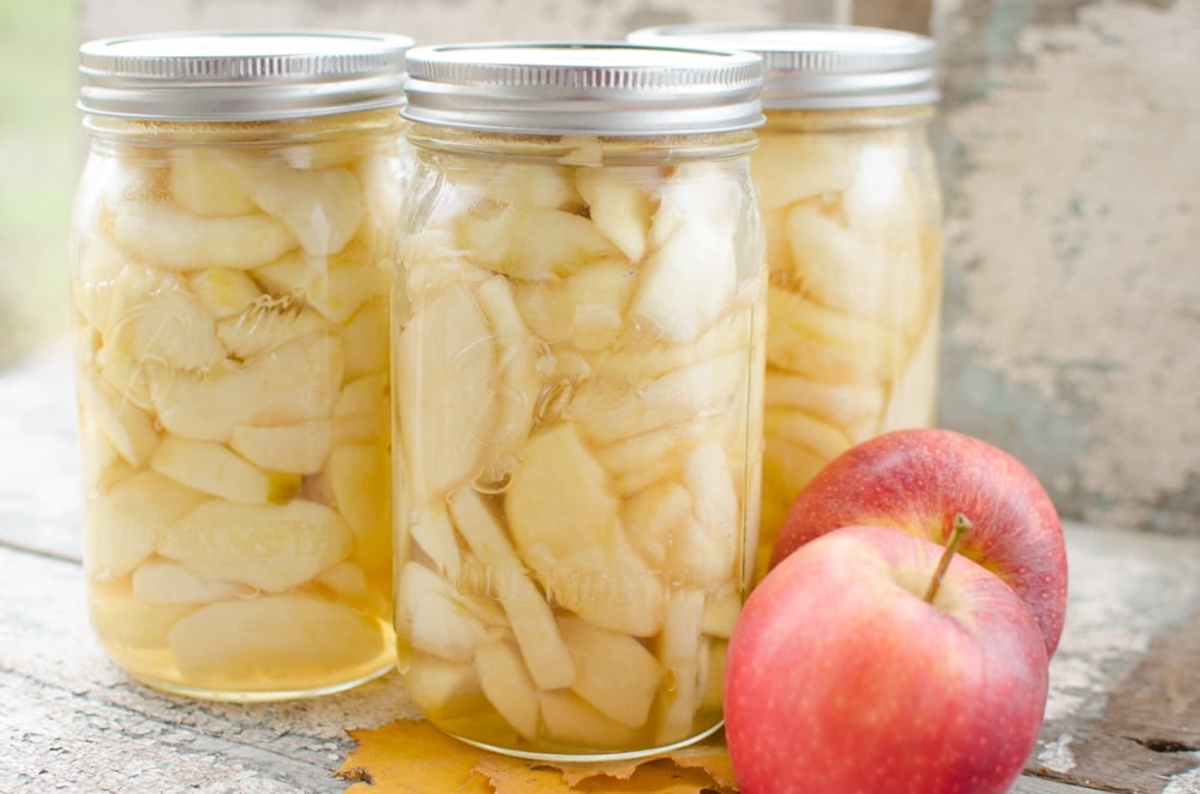



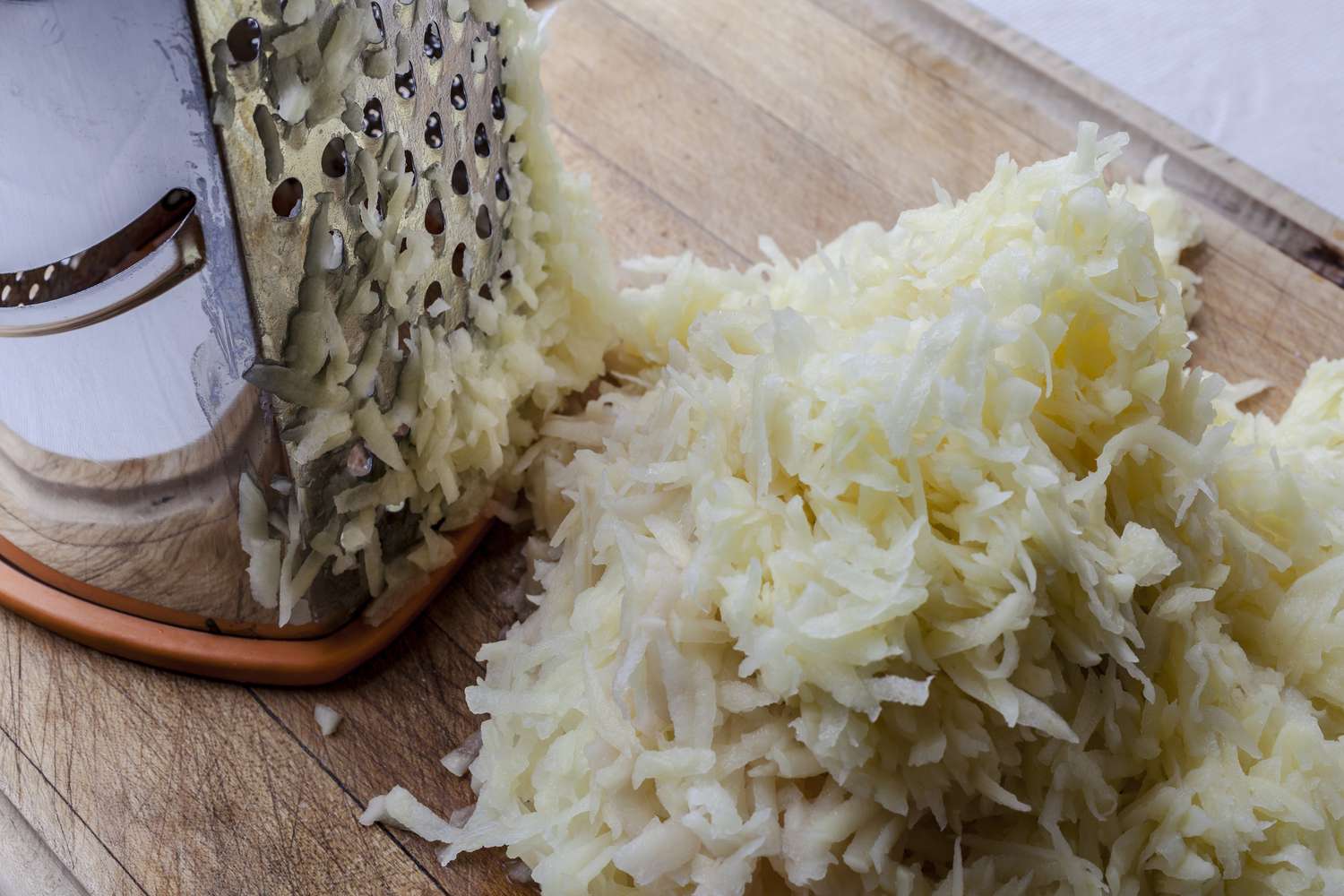


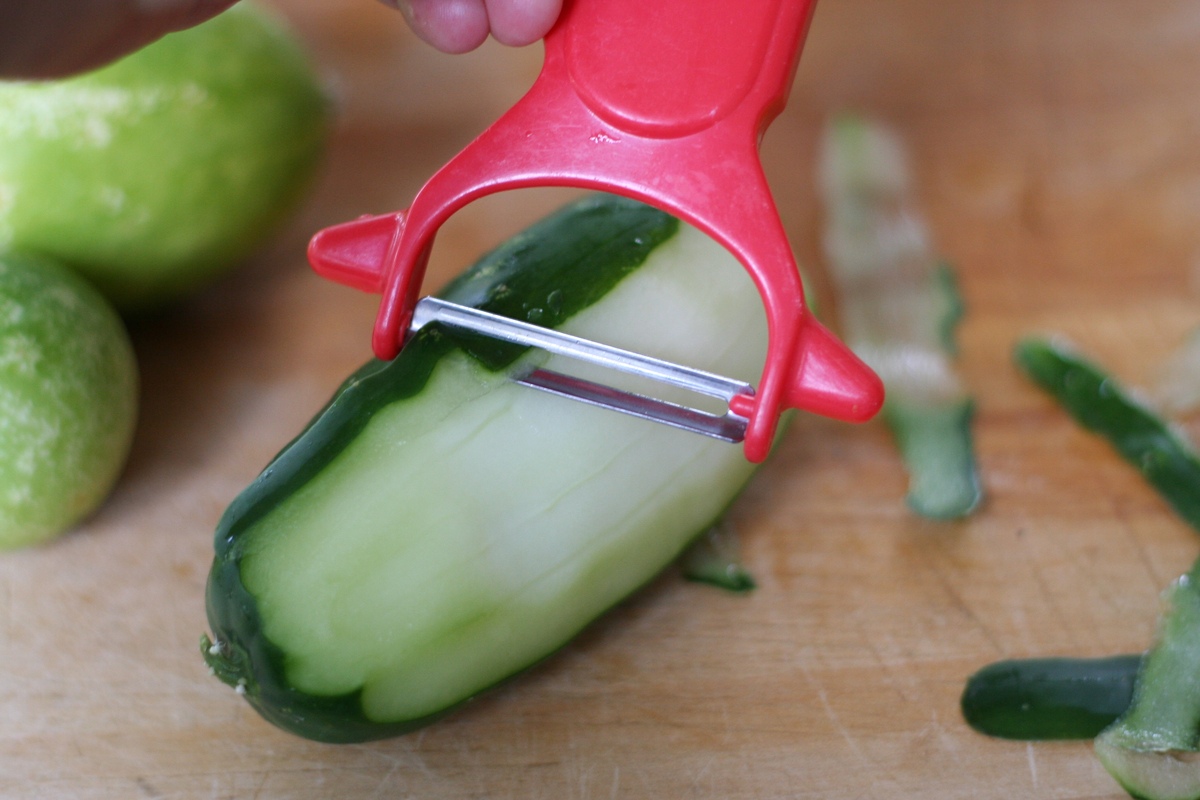


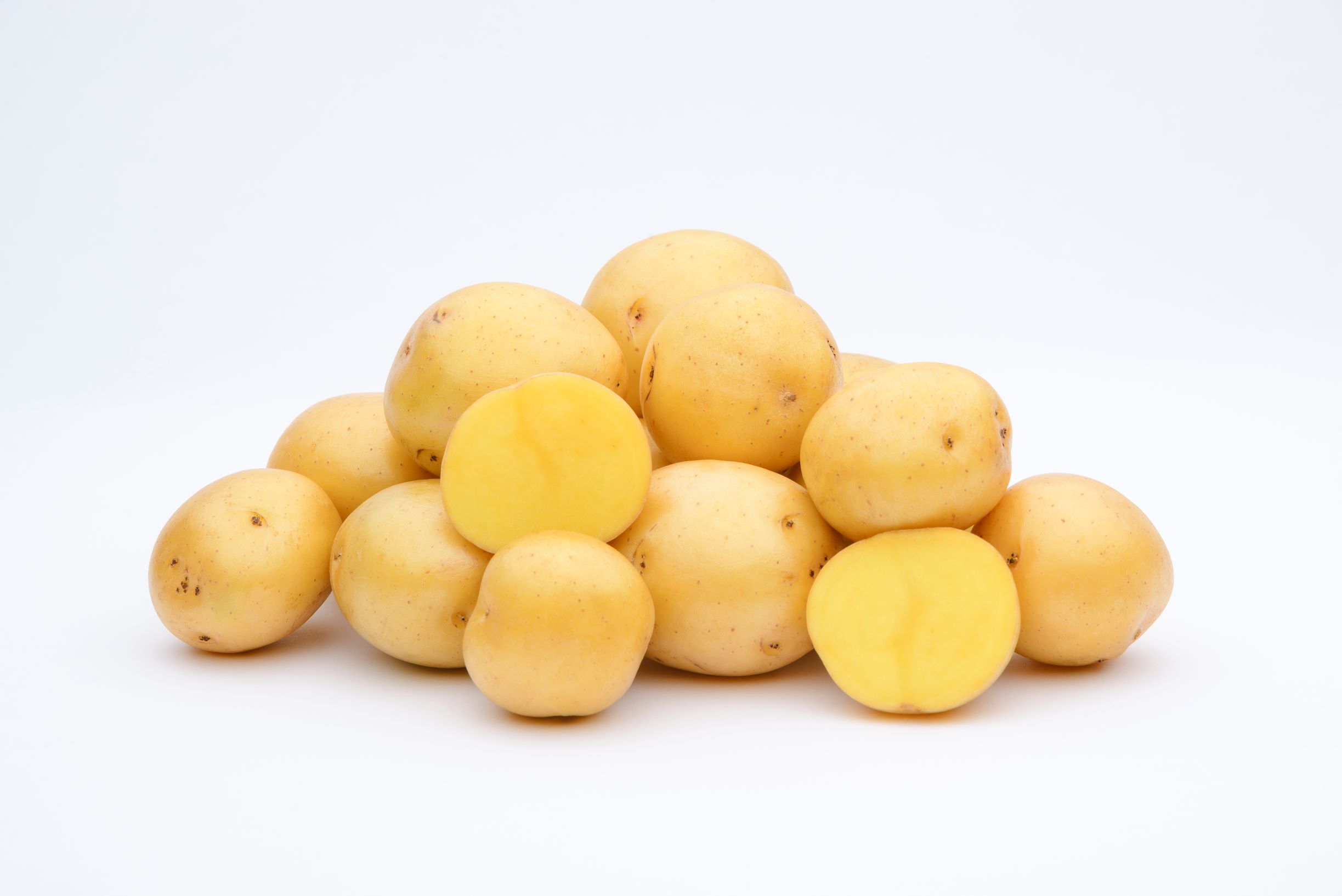


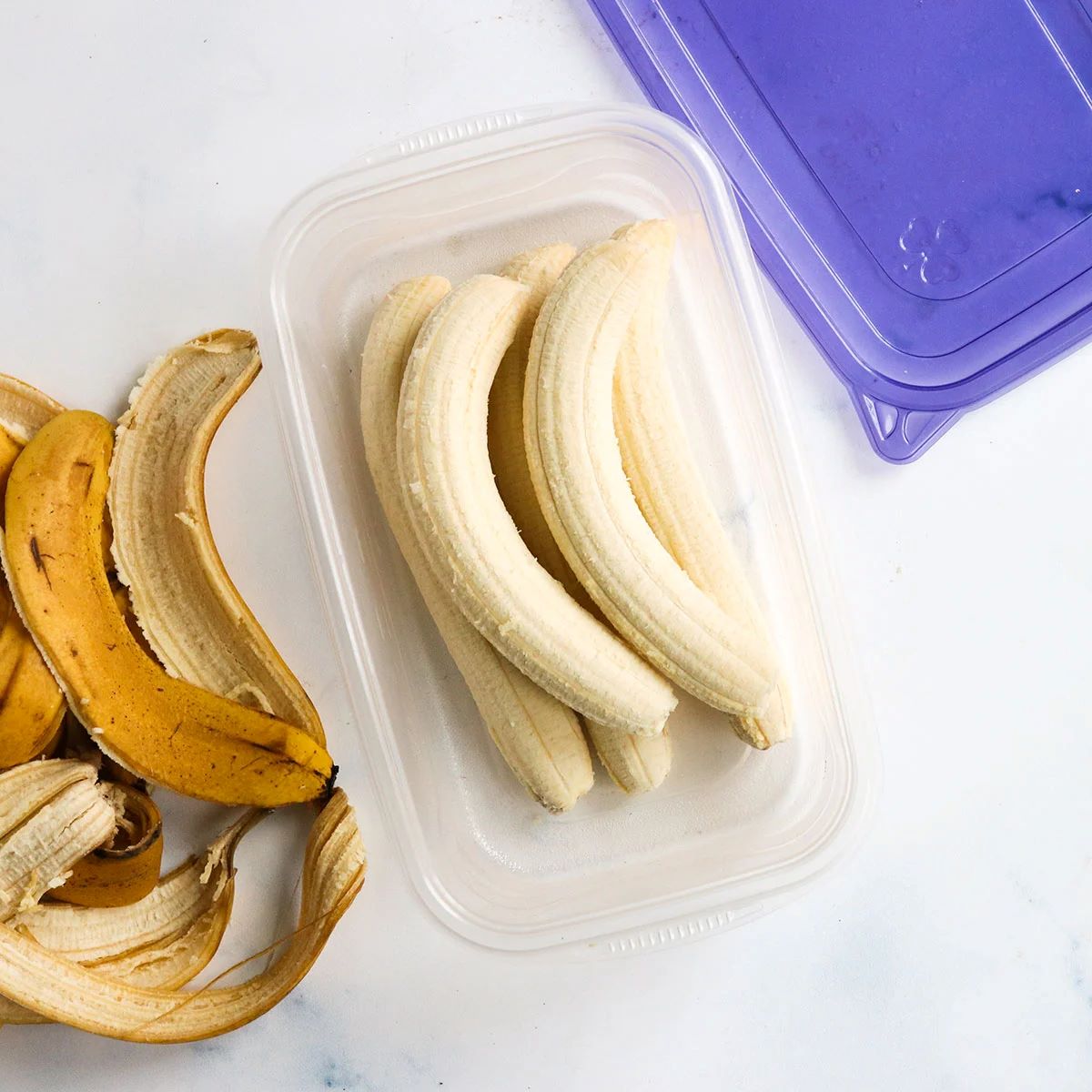

0 thoughts on “How To Store Peeled Sweet Potatoes”